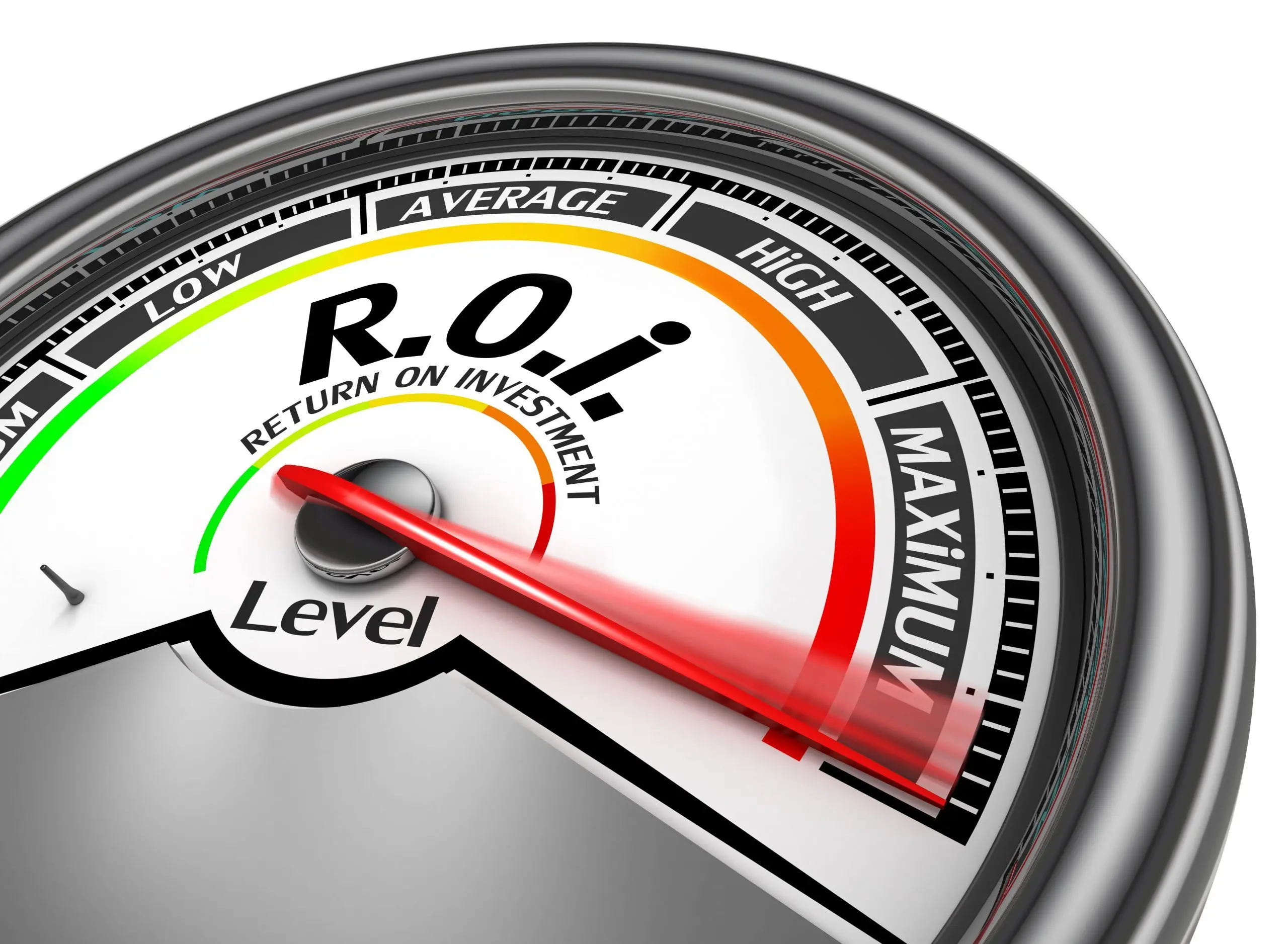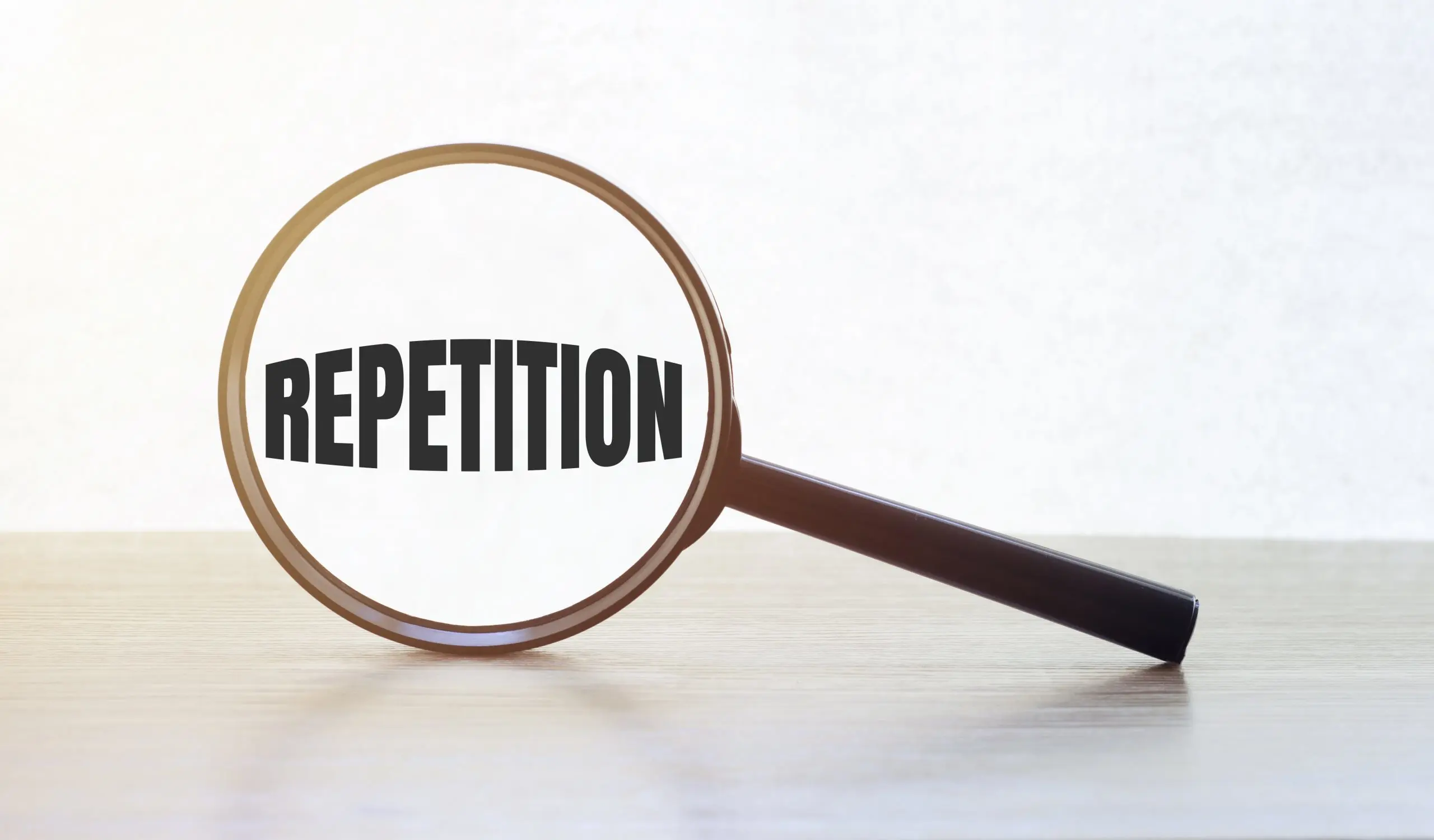Today’s topic is all about your marketing gauges®.
What do you look at when you’re tracking your marketing? What are you looking at? What are you analyzing? What are the numbers mean? What’s good and what’s bad? I think that a lot of businesses are finally starting to look at if they are marketing in a much deeper way, knowing that this is one of the things that very well could make or break their lives, their business, or their livelihood over the next three to six months. Recently, I’m starting to get a lot of questions that I never have gotten before. Don’t get me wrong, I’m thrilled that I’m getting these kinds of questions. So let me kind of give you an overview of the types of questions and then we’ll go a little bit deeper.
If I look at a website that tends to be one that people kind of focus on initially, I get questions like, “What is bounce rate?” “Am I getting enough traffic?” “Where is it coming from?” “Do people like my website?” Most of these questions are around the website.
The next ones are usually questions around social media (I’m starting with all digital-related questions). Questions like, “Am I getting enough likes or why am I not getting new page likes?” “Are people engaging and commenting?” Because a lot of times business owners will see their content go up and they’ve got 1000 people on their fan page for their local restaurant, but only three people like it. So the last question, “Is this actually helping or hurting? What is it doing?”
I often get a lot of questions around kinds of leads or email opt-ins, and then email metrics. So, “What’s a good open rate, unsubscribe rates, or complaint rates?” Like, what are all those numbers?
And then offline, it tends to revolve around direct mail. Questions such as, “What kind of response rate can we or should we expect?” “How many people should be walking into my retail business?” “How many phone calls should I be getting?”
There are a lot of questions about what should be happening. “Is this normal? Are these numbers good, bad, or ugly — what’s the story?”
Now, I’m going to give you my take on how I put together my marketing gauges. These gauges very rapidly allow me to see if what I’m doing is working or what I’m doing is not working. However, what I’m going to encourage you to do first before you execute any of these marketing gauges, is that I need you to look at backward planning your business and your marketing. You need to look at where you are today, where you want to go two weeks, 30 days, six months, or three months — whatever that time frame that makes sense based on your business. You want to look at where you are to where you need to head. And with that, you should then be able to start to dictate what are the different activities that you’re going you have to execute in order to get to that level to where you need to be.
That might mean doing paid traffic or more direct mail, radio, TV, videos, content, Facebook — all those different tactics should then be listed on this document. As you list them out, this is where I start to move into the gauges.
Rather than obsessing over what I would call vanity metrics, such as Facebook likes or website traffic, which isn’t necessarily a vanity metric, but it doesn’t mean a lot since you could be getting 1000 people that visit your website, and 100 different people that are calling based off of that or zero people. What I’m looking for you to do first is to backward plan and then you want to list out those activities. Then with those activities, I want you to put a budget if there is a budget.
For example, if you want to go from doing $10,000 a month in revenue, let’s say that you’re a landscaping business. And you say, “I want to go to $20,000. Here are the activities that I need to do to create more awareness. I’m going to do a referral campaign with my current customers.” Always look inward to see what you can do for the least amount of money first. You could start to deploy some Facebook ads with a video, flyer this particular neighborhood a few times, or direct mail. And all that stuff is going to cost $3,000 in investment. So great, your business is doing $10,000 you want to hit $20, 000 and you’re willing to invest $3,000. Hopefully, you’re tracking all this — you’re listing all this stuff out on paper.
Now, track in terms of what should you be watching the most? It’s not if your Facebook likes going up? Did you get a few new people to the website? It’s what is that investment doing for you from a direct response marketing standpoint? How many leads? How many phone calls and what ended up happening? What happened? What didn’t happen?
I’m looking for you to track those individually. The flyer, for example. You did the flyer, you invested $500 and it generated X amount of leads in terms of phone calls and emails. And you know that because if you listen to my tracking episodes, you’re going to use tracking emails, tracking phone numbers, or tracking URLs. And I want you to really be focusing more on what is your cost per lead — that’s one of your key marketing gauges. What is your cost per lead based on the marketing platform?
Let’s say you put out or you invest $500, what is your cost per lead per flyer? And that should also factor in your time because it takes a lot more time to go flyer a neighborhood than it does to put up a Facebook ad. Now, if you put that up and you get those flyers out and let’s say you get 10 leads, so your cost per lead is $50. You’re going to look at your other lead sources. Facebook, invested $1,000 and you got 100 leads — those are $10 a lead. And then your third tactic and let’s say those are $30 a lead. Your cost per lead is one of your first market engages.
The next data set for your marketing gauges is to track depending on your business, the next stage in the process. How many people go from a lead to a consult, if you have a consultative sales process? So are the leads home services appointments, for example? If it’s landscaping, so it would be lead to how many people do you get to physically meet. That would be your next metric, your next marketing gauge.
Then from there, it’s how many turned into a sale. Let’s say you get those hundred Facebook leads which equate to, let’s just say initially 10 in-person consultations. Your first metric would be, cost per lead of $10 and your next metric would be lead conversion to stage one. So if you had 10 people that took you up on that, that would be 10%. From there, how many of those 10 converts to a sale. Let’s say you convert 50%. Then you can take that through the whole process now — leads, conversion to step one. If you don’t have a step one, it would be right from lead to conversion. But in this case, then it would then step one converted to a sale, so you have that percentage.
Finally, I really need you to analyze and look at the lifetime value of a customer. That is just one that I will keep beating and beating because I want you to understand that metric and why it is so critical to your business.
If that landscaping client with the initial job is $1,000, that means you invested $1,000. You got 100 leads, you got 10 appointments, you closed five and $1,000 on average each. So you invested $1000 to make $5000, which to me is a good number. However, if that $5000 is going to refer people to you or if they’re going to do more jobs with you, that number will continue to go up and it just makes the math more exciting.
So yes, there’s a lot of other metrics you can look at. But at the end of the day, I need you most focused on leads and whatever those leads are to you. Email leads, phone leads, etc. The conversion if you have a step one, so conversion is step one, conversion to sale, the value of the sale, and then lifetime value. Those are the metrics that you need to be intensely focused on first. Until you have those numbers down, I don’t want you looking at website traffic, and if your rankings are great. Or, if you are getting enough Facebook shares and things like that? You need to look at these numbers first to get a good handle on those. If the lead — if that first number isn’t great, then you can start to look at changing up your tactics and your messaging. As a marketing agency and education training company we can help you find and manage your marketing gauges®
Unlock your potential with our education and training, and learn to drive success with Marketing Gauges® by Michael Tasner. We believe in empowering individuals with the skills and knowledge they need to succeed in today’s fast-paced world. Sign up today!



